
St. Francis of Assisi Chapel
1 Review
Hello everyone! This is a friendly reminder that any of these fun places we may visit, we are a guest at. Please treat both businesses and trails with the utmost respect. We here at Hidden San Diego follow the 'Leave no Trace' mantra, meaning whatever you bring with you comes back with you. If you see trash on a trail, please do your part to help remove it. Remember, we are not picking up trash from another person but instead cleaning up for Mother Nature. Happy adventures!

Hwy 79 & Stage Rd.
Warner Springs, CA 92086
33.285787, -116.636380
Dog-Friendly: Outside, yes Kid-Friendly: Yes
About the St. Francis of Assisi Chapel
The adobe chapel was built by the Cupeños under the “supervision” of the Verona Fathers from the Santa Ysabel Mission. The wood and adobe was brought in from the hills nearby. The Cupeños had lived on these grounds for centuries and consider the area to be of great medicinal and spiritual value. There is still a mass conducted weekly at the chapel, and the cemetery next door still conducts burials.
This chapel is said to be the beginning grounds from where the Trail of Tears was lead. There is a plaque commemorating this event. The land dispute in 1897 over the Cupeño residents unfortunately ordered them to leave.
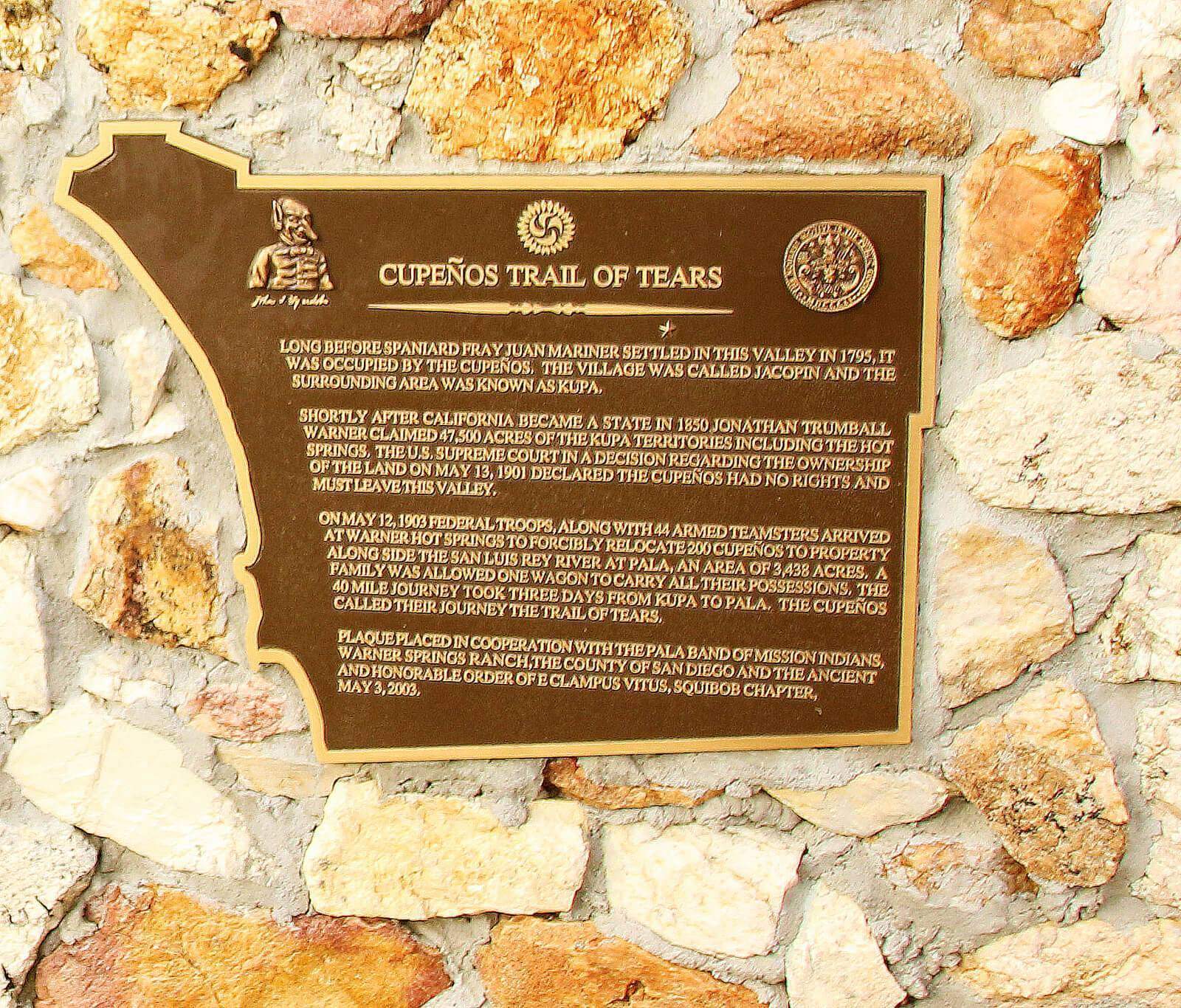
History of Warner Springs
The area in which the St. Francis of Assisi Chapel sits is a place of both preserved, natural beauty and great heartache and controversy. Located in Warner Springs.
In 1875, Spaniards began colonizing this area and after Mexico achieved independence, its government granted Juan Jose Warner nearly 45,000 acres of the land in which we now know as Warner Springs. Like most large land-holders in California, forced Native American-labor was relied upon at this time.
The Cupeño had a village in this area at the time called Kúpa and were largely responsible for Warner’s slave labor of his cattle ranch. They continued to live on the land throughout the Mexican-American War and were set aside 16 miles of land surrounding the hot springs.
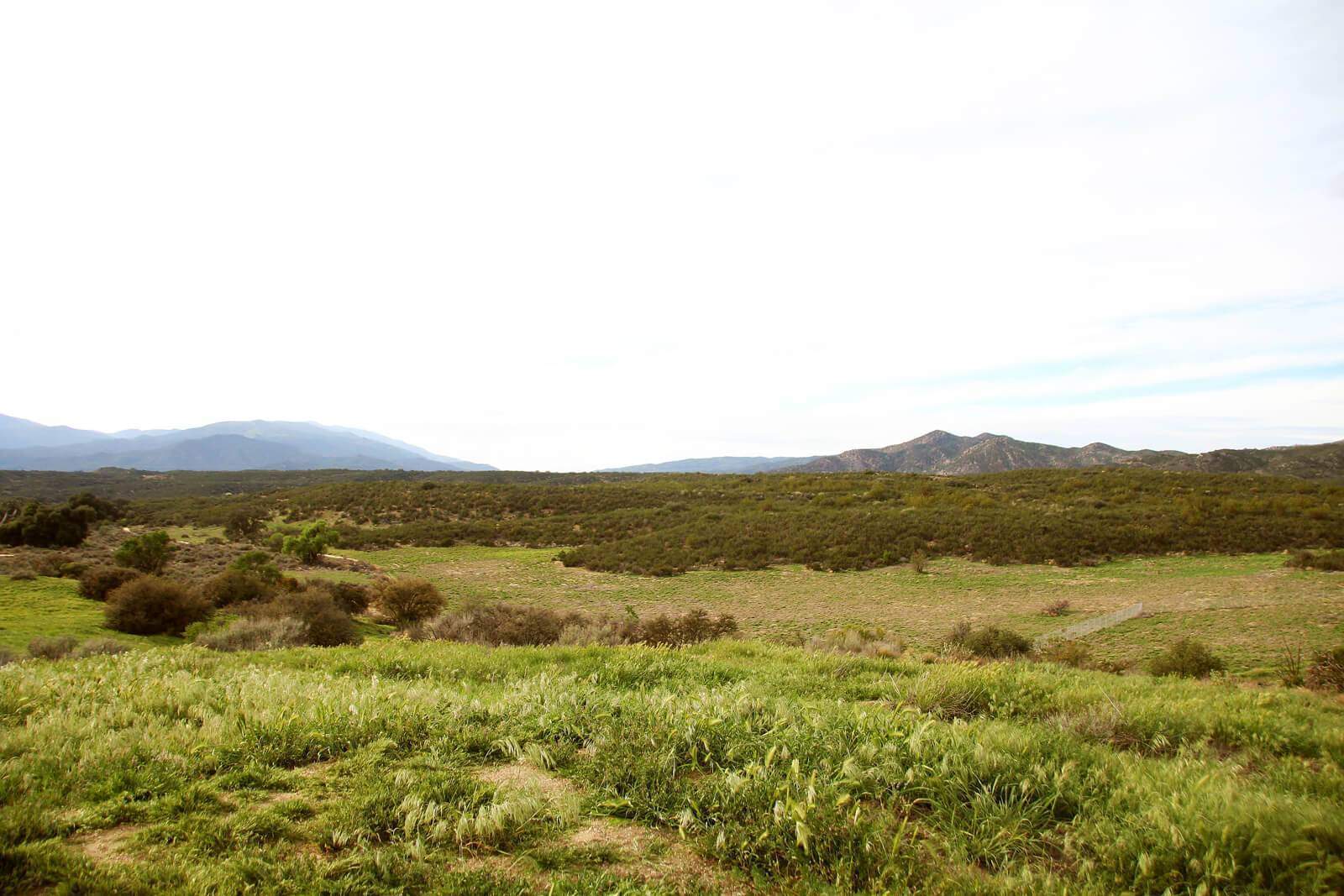
Their living condition was observed in 1846 by a US Army Corps of Engineers, describing the state they were living in as being ill-treated. Because of this and the Spanish invasion in general, a Cupeño from Warner’s Ranch named Antonio Garra attempted a revolt. I have written in depth about the failed revolt on this page, which sadly resulted in his death.
In 1892, former California governor John G. Downey began preceding’s to evict the Cupeños from the ranch that they had been living on. Legal proceedings lasted almost a decade, but eventually against them. The governor offered to buy them new land but they refused, as this land was both ancestral and sacred to them. Theodore Roosevelt intervened, offering to buy the land from the owners, who were at the time heirs of the former CA Governor John Downey.
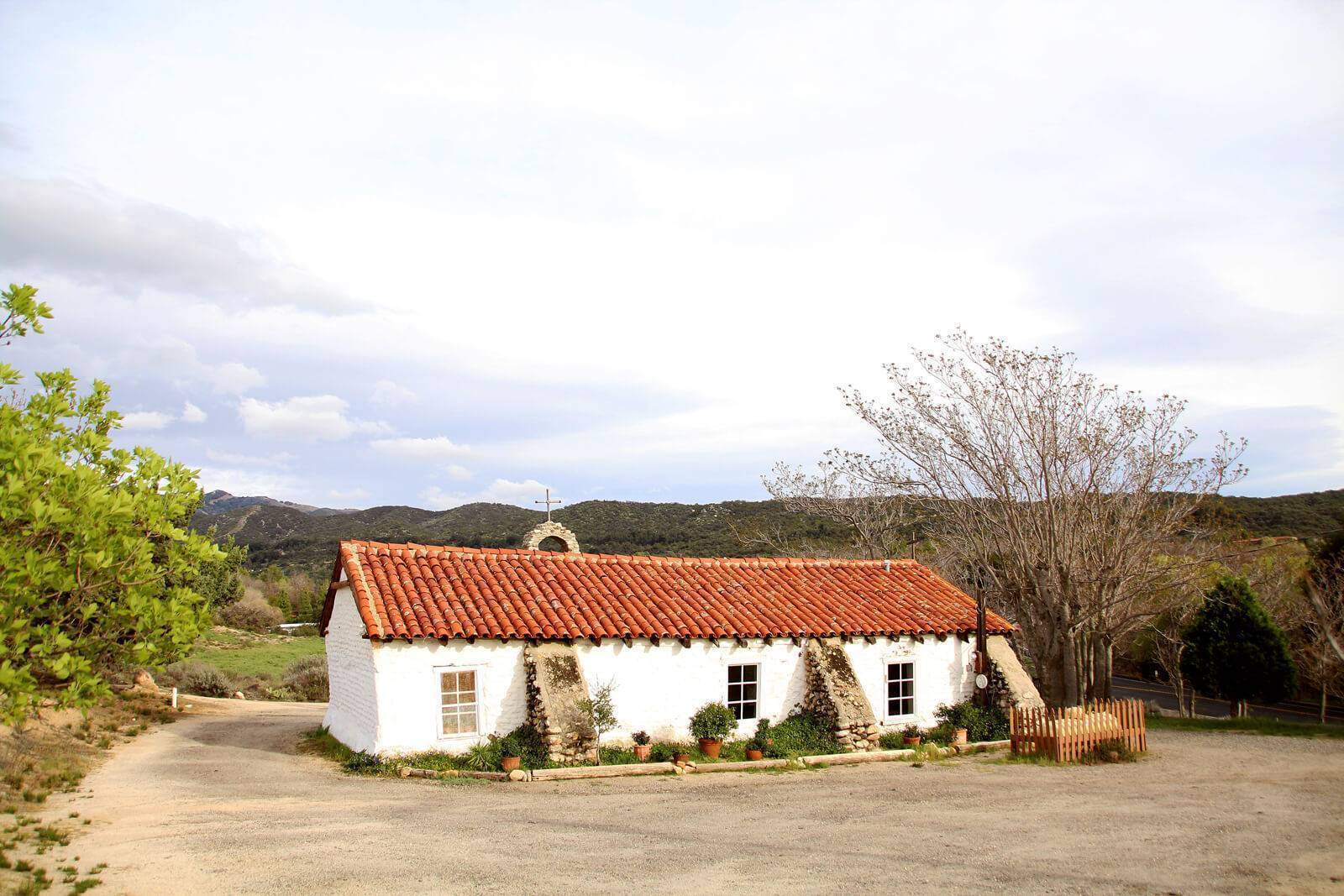
Cecilio Blacktooth, Cupeño chief at Agua Caliente, said: “You see that graveyard over there? They are our fathers and grandfathers. You see that eagle nest mountain and rabbit hole mountain? When God made them, he gave us this place. We have always been here. We do not care for any other place. It may be good but it is not ours…this is our home…if Harvey Downey says he owns this place, that is wrong…”
On May 13, 1903, the tribe was forced to move onto a reservation in Pala. Present day members of the Los Coyotes, San Ygnacio, Santa Ysabel and Mesa Grande bands are among descendants of the Warner Springs Cupeños.


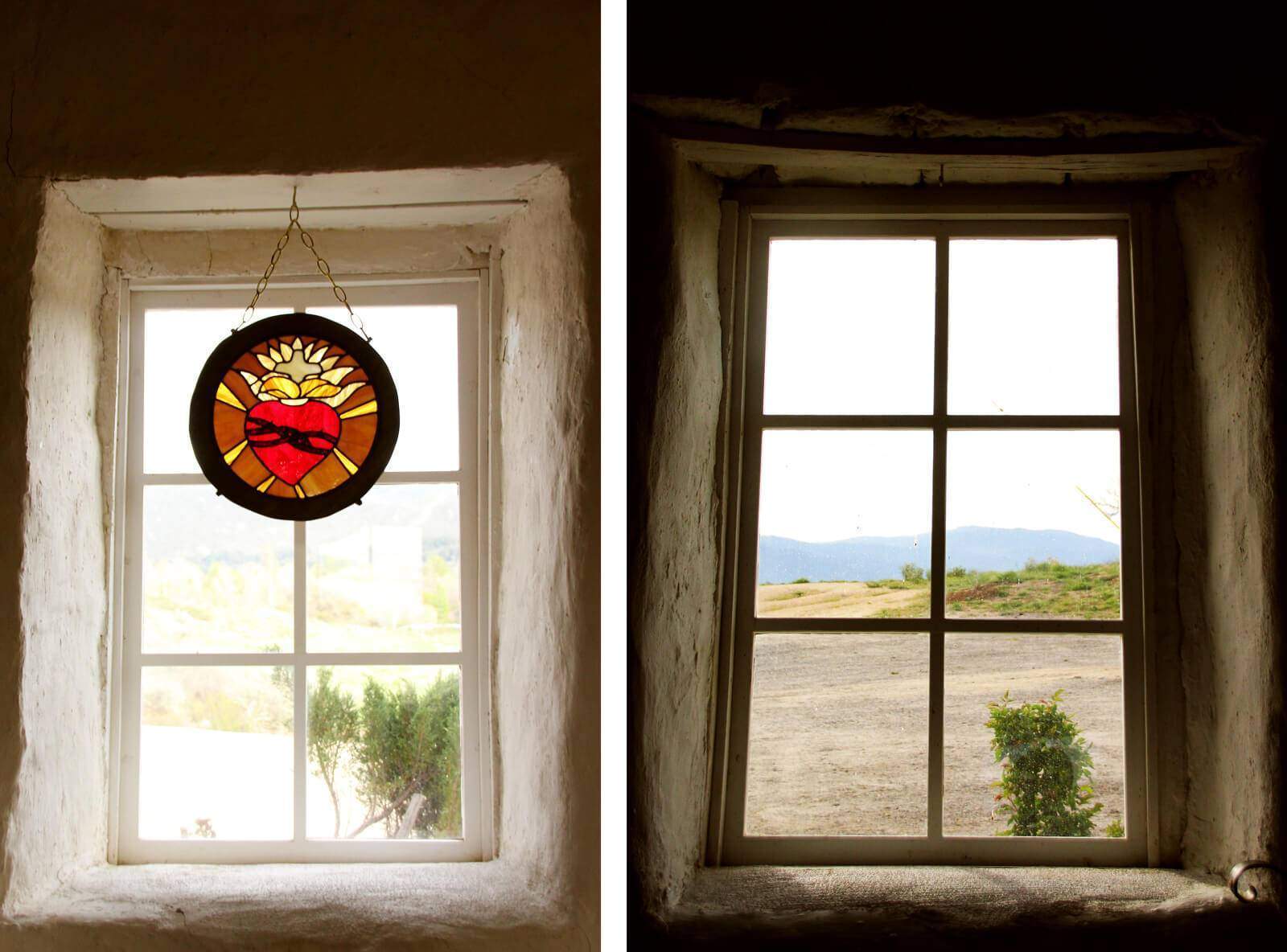






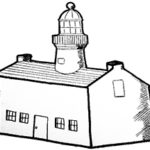


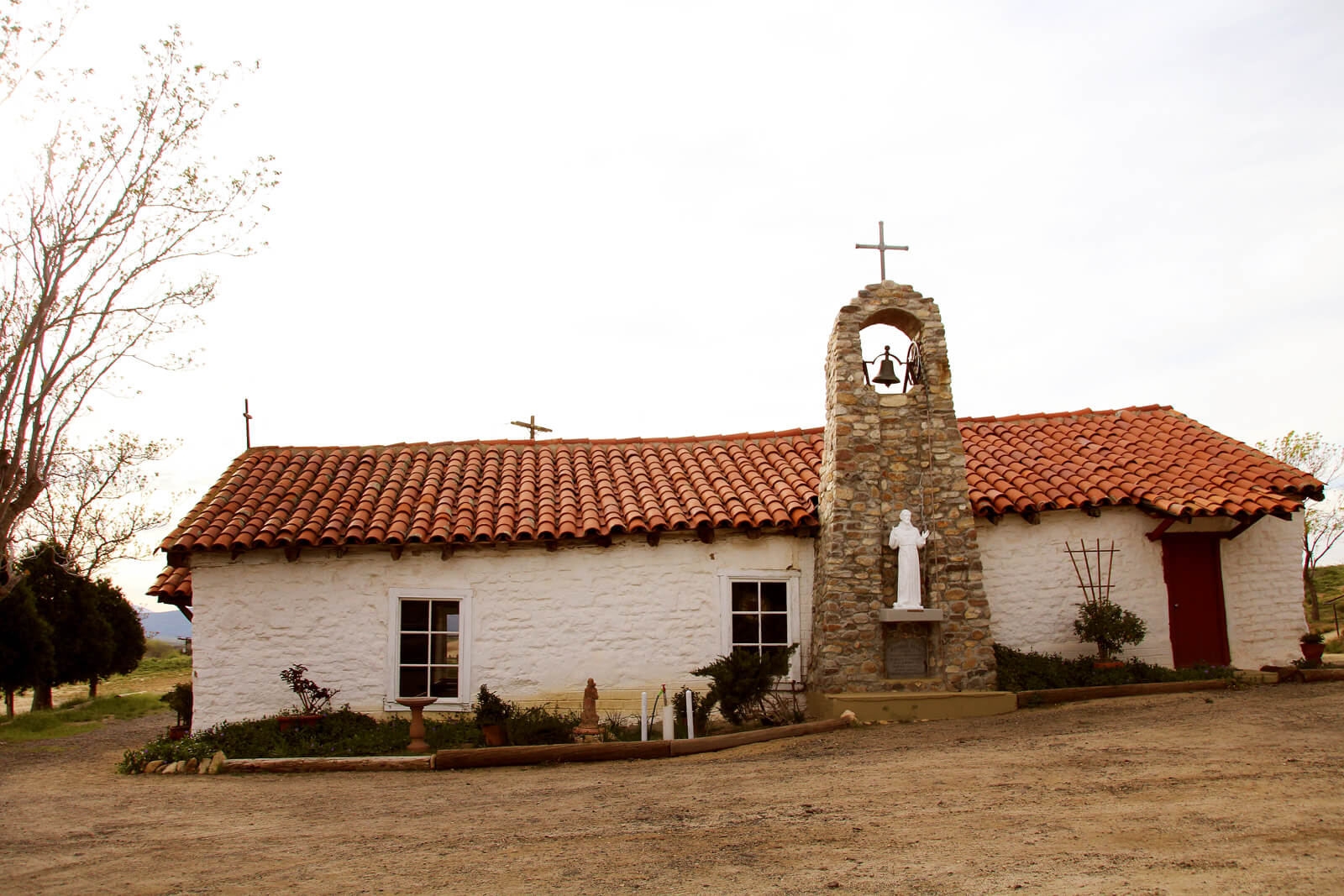


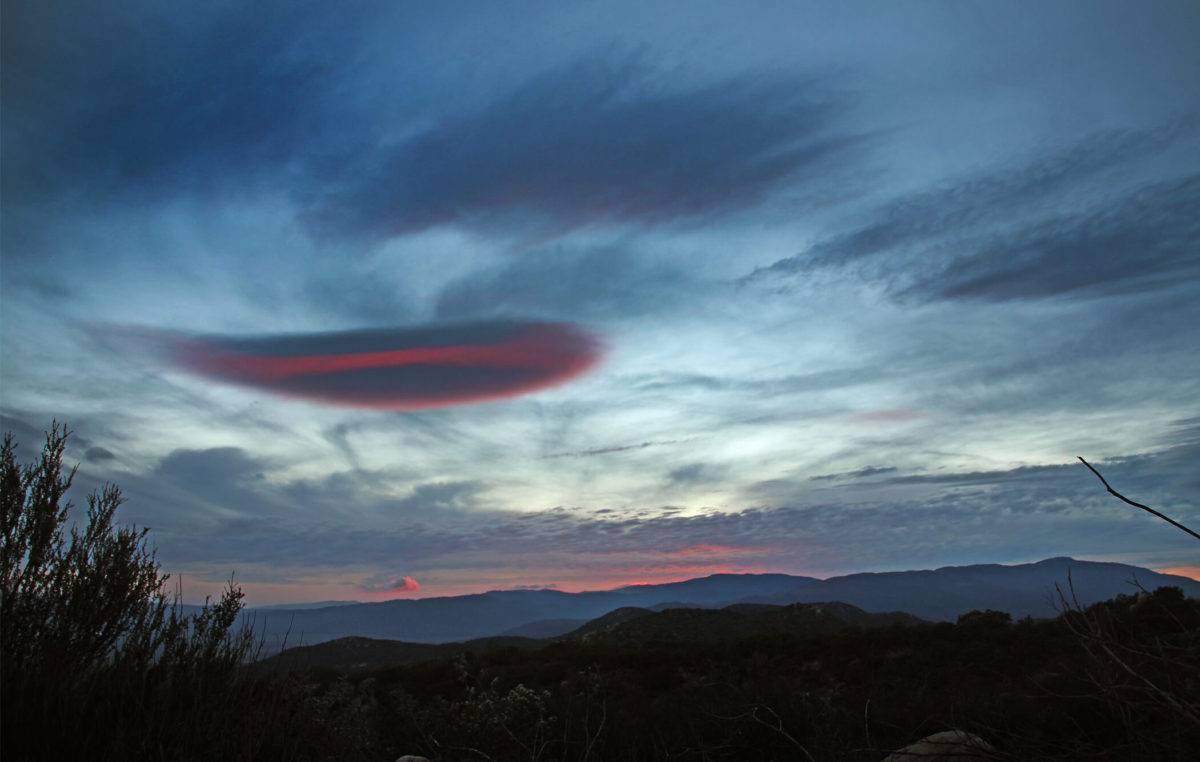
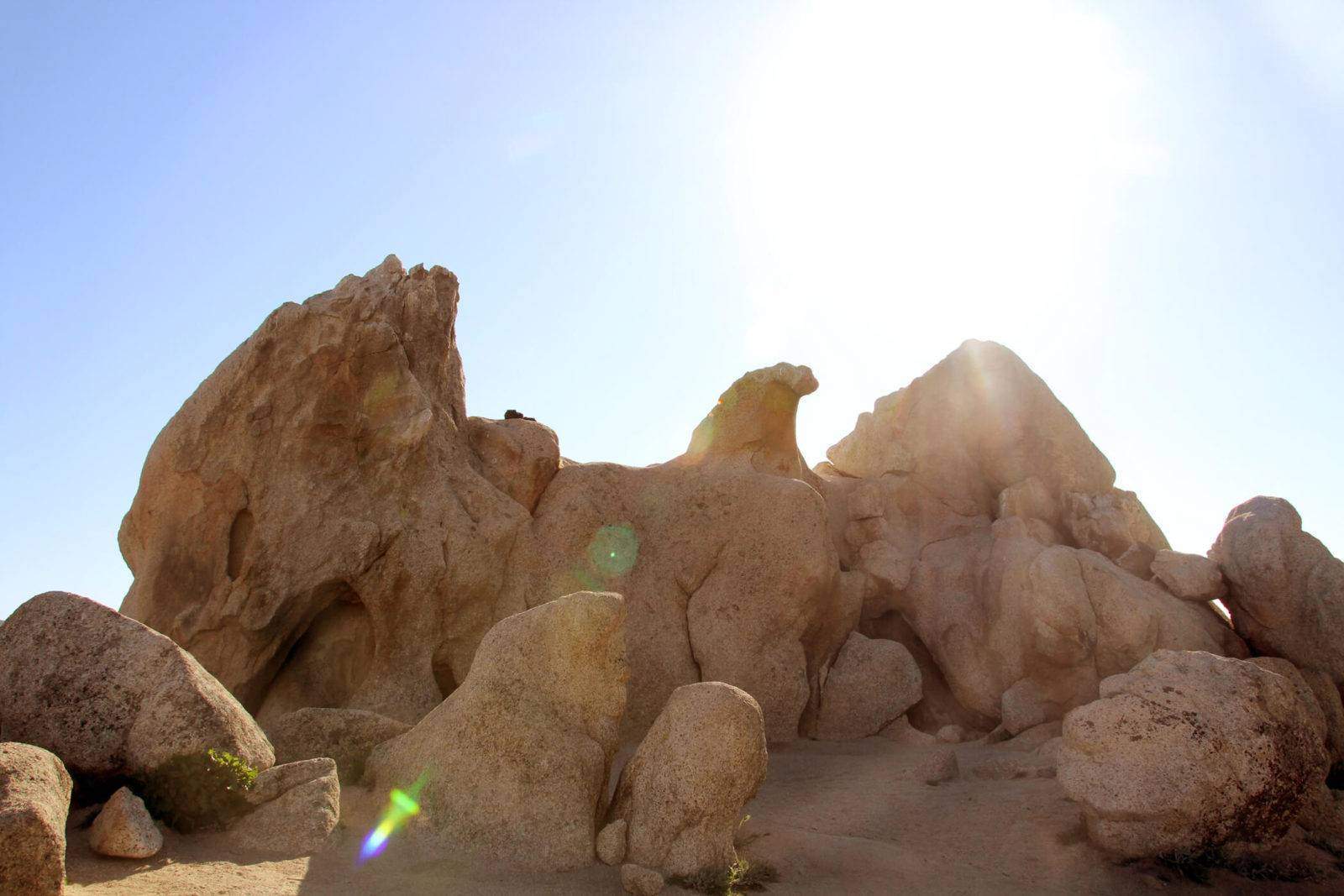
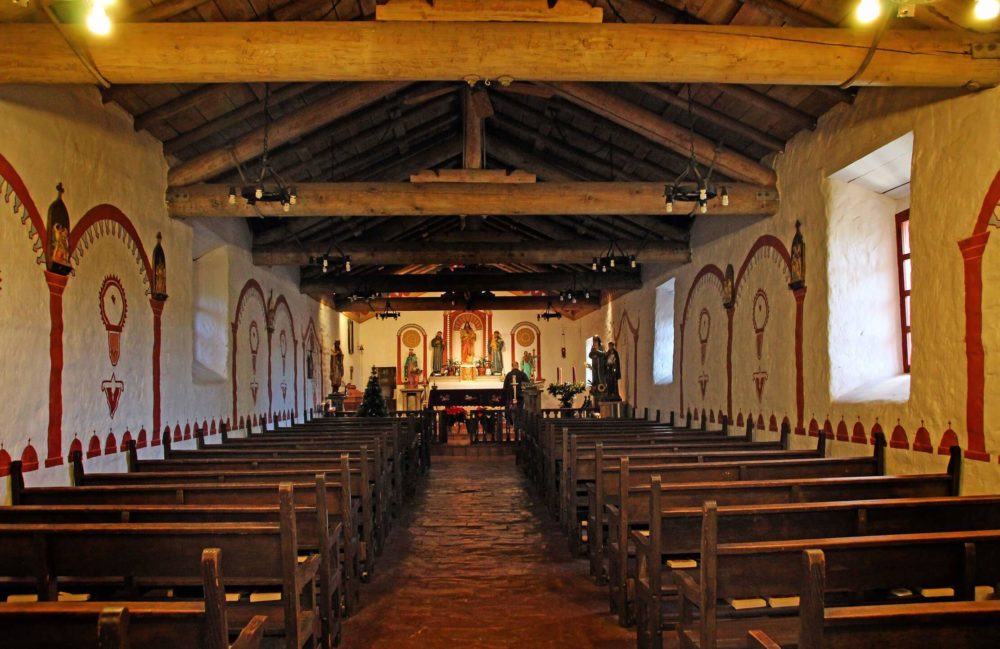
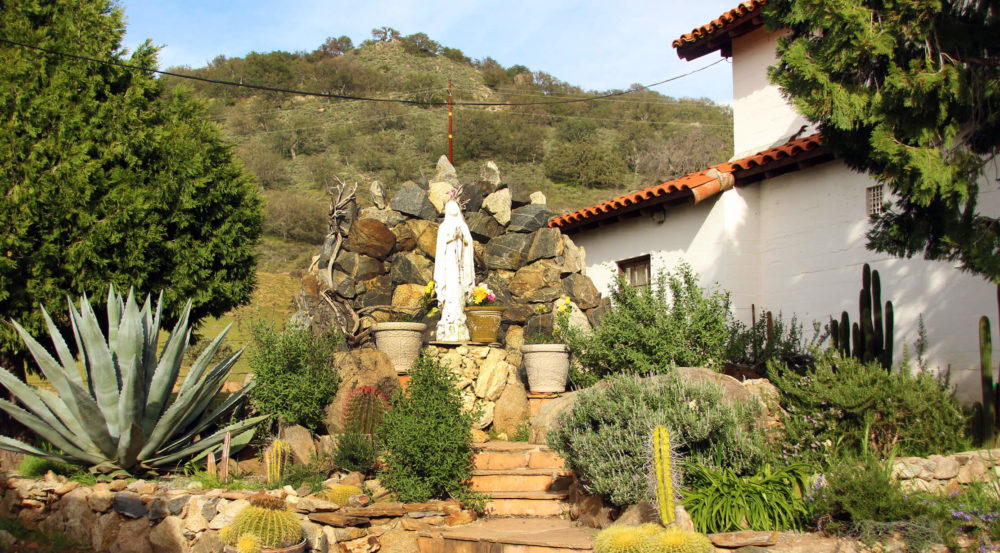
1Cavers! 1Cavers!
Came across this church by accident. For it’s age it’s in good condition and worth stopping to see. It’s always peaked my interest as to how church’s were built based on their geographic location and the culture of those who built it. The adobe structure and simple wood pews make me feel like Im back in Mexico. It’s very peaceful. A new bathroom was built which was nice.
April 26, 2022